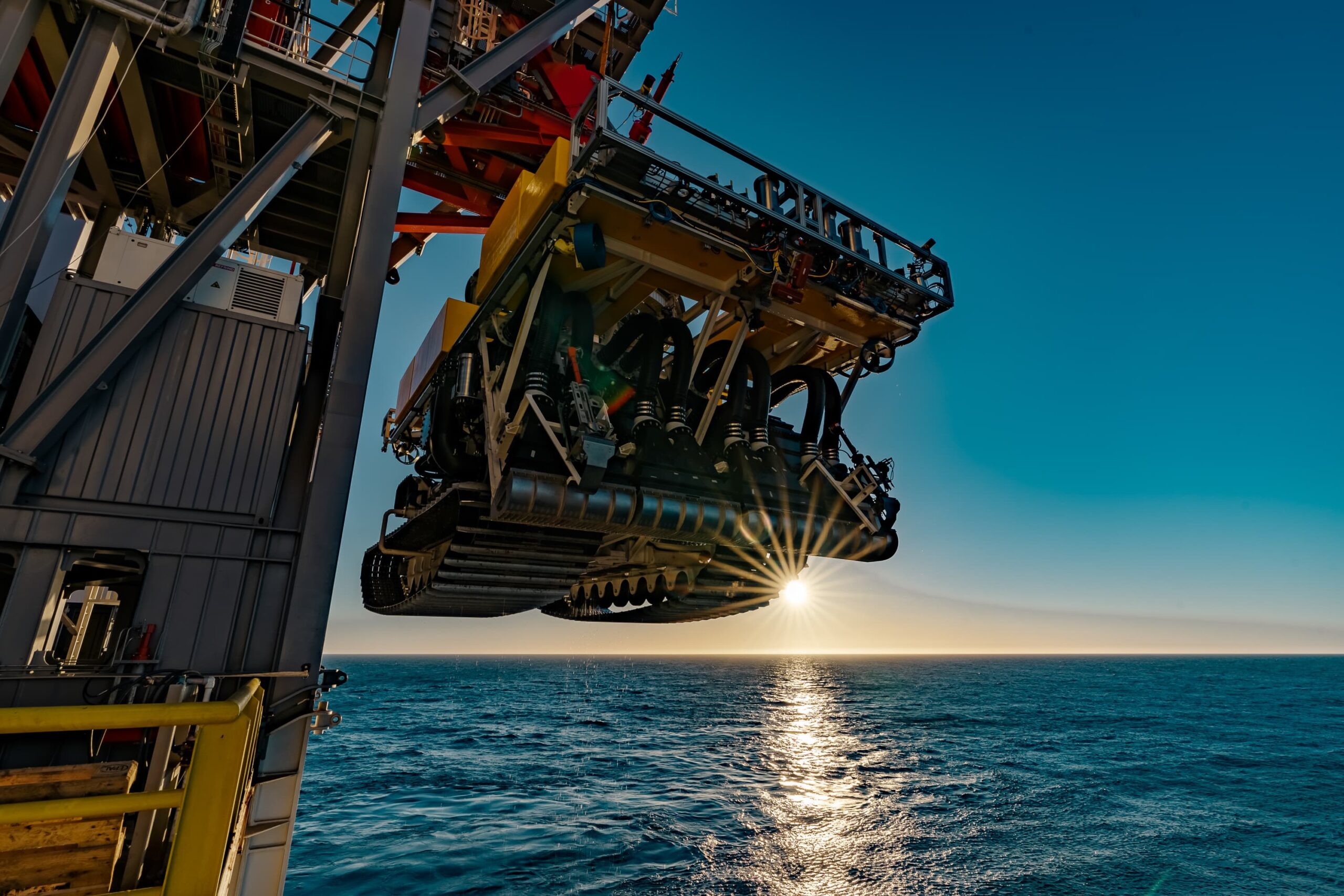
Battery Metal Hunters Poised for a Deep Dive
Reese Energy Consulting today is following two news nuggets from The Land of EV Batteries, where sourcing enough critical metals for their manufacture is sounding frenzied alarms.
Global management consultant McKinsey yesterday issued a report stating $6 trillion worth of metals will be needed by 2030 to meet expected battery demand for EVs, wind turbines, and solar panels. Supplies, McKinsey says, are headed for a critical shortfall, which would result in an additional 400m to 600m tons of greenhouse gas emissions. The report goes on to recommend investing in more mines—in particular, increasing the number of cobalt, copper, lithium, and nickel mines now operating from 500 to 900. Again, in seven years.
Meanwhile, 31 private companies and governments across the globe are banking on a new hunting ground that lies two to five miles below the surface of international waters. With permits already granted, these battery metal hunters are waiting in line to mine vast deposits of mineral concentrations and metal-rich material in the Northwest Pacific, Indian Ocean, Clarion-Clipperton Zone (between Hawaii and Mexico), Mid-Atlantic Ridge, and South Atlantic Ocean floors. There’s just one hiccup. The Jamaica-based International Seabed Authority, which regulates exploration and mining activities in international waters, has had a heckuva time agreeing on those regulations and the two-year period to adopt a deep-sea mining code expires July 9th. If no regulations are agreed on, the ISA is obligated to allow mining to proceed.
